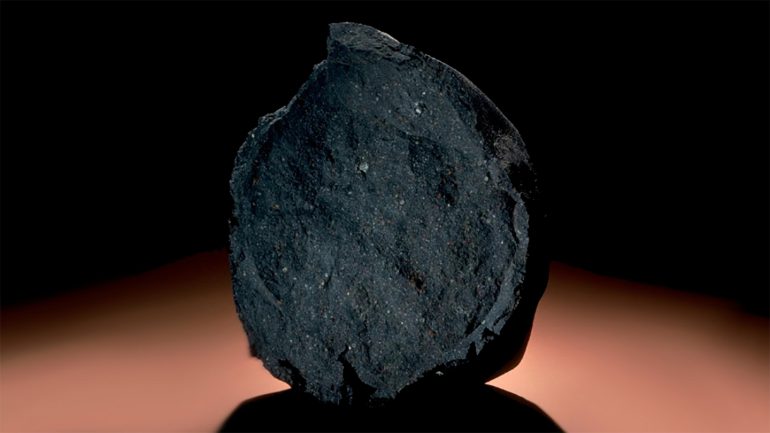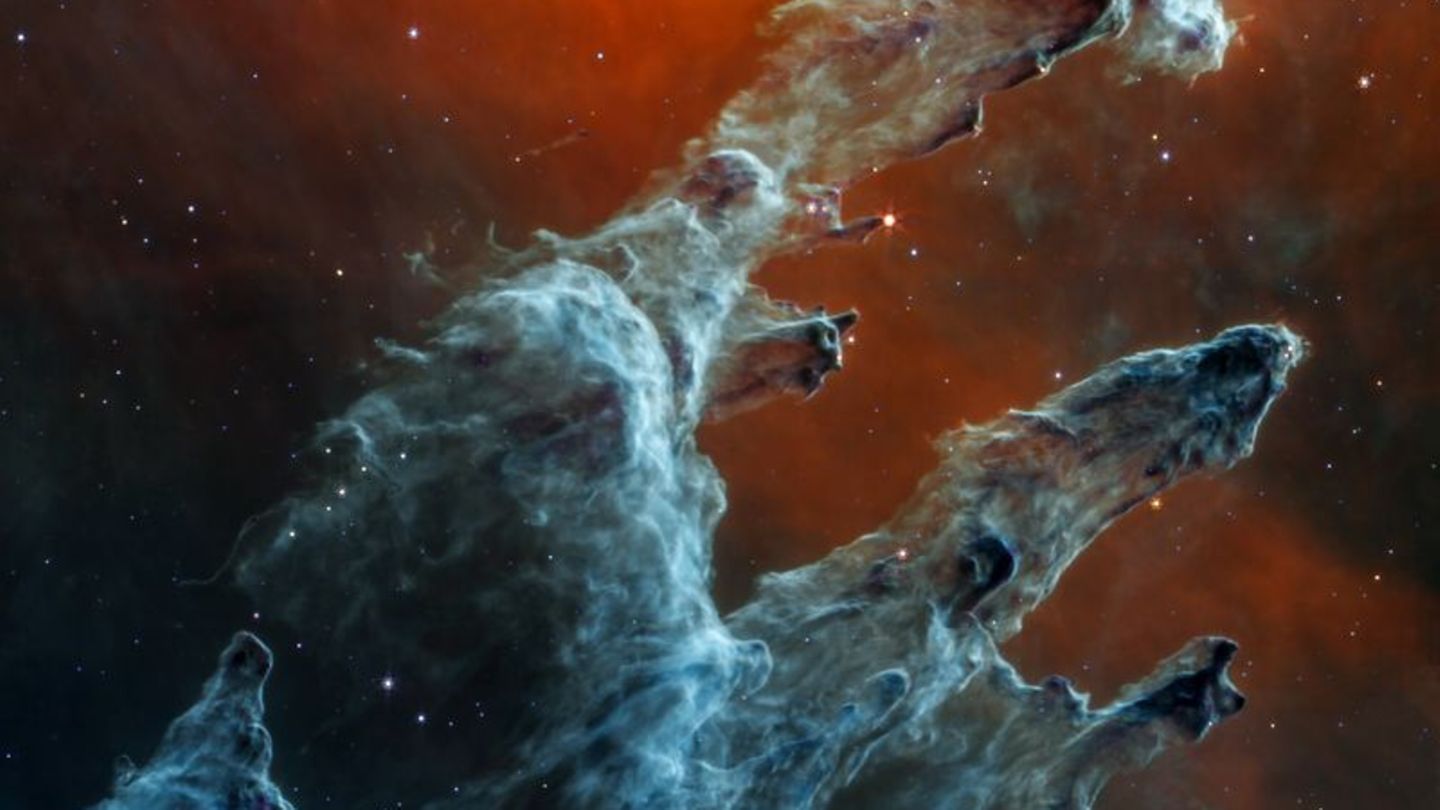Simple, single-celled life is believed to have existed on Earth 3.9 billion years ago—that is, as soon as Earth was cold enough to have a surface of liquid water. But how could life arise so quickly? Scientists have now taken a major step forward in answering this question: A research team has identified important building blocks for DNA, the genetic material in three meteorites. According to scientists in the journal “Nature Communications,” the molecules found probably formed in space before the formation of the Solar System.
It has long been known that many of the organic materials that form the basis of life can already form in space. Even amino acids and sugar molecules have already been detected by researchers in gas clouds and meteorites that have fallen to Earth. As a result, the hypothesis gained weight that the rapid rise of life on Earth was driven by an influx of life building blocks from space. But where did this cosmic support go? Yasuhiro Oba of Hokkaido University in Japan and his colleagues are now investigating this question.
With the help of particularly sensitive measuring instruments, the researchers examined three meteorites in the laboratory and detected additional molecules, namely a greater variety of nucleobases, including adenine, thymine, guanine and cytosine. These four substances are the crucial information carriers of earthly DNA. To some extent, they store the blueprint of living beings and thus play an important role in ensuring that living beings can reproduce and adapt to their environment through evolution. The actual information is stored in the sequence of the nucleobases on the DNA and RNA strands.
“Our analysis technique has been optimized to detect nucleobases in the lowest concentrations down to one molecule in a trillion molecules,” the scientists say. In fact, they found nucleobases in concentrations of up to one in a billion. These frequencies are consistent with predictions of models describing chemical evolution in the dense gas clouds that make up stars and planets.
The researchers conclude from this that the building blocks of DNA were already formed in gas clouds – even before the formation of the Sun and Earth. They are apparently stable enough to survive the turbulent formation of planets, accumulating in dust and rock fragments, and then making their way to Earth via meteorites. In contrast, such molecules are difficult to form on the young Earth. “That’s why we suspect,” say the scientists, “that space-delivered nucleobases contributed to the emergence of the genetic characteristics of the first life on Earth.”

Internet fan. Alcohol expert. Beer ninja. Organizer. Certified tv specialist. Explorer. Social media nerd.





